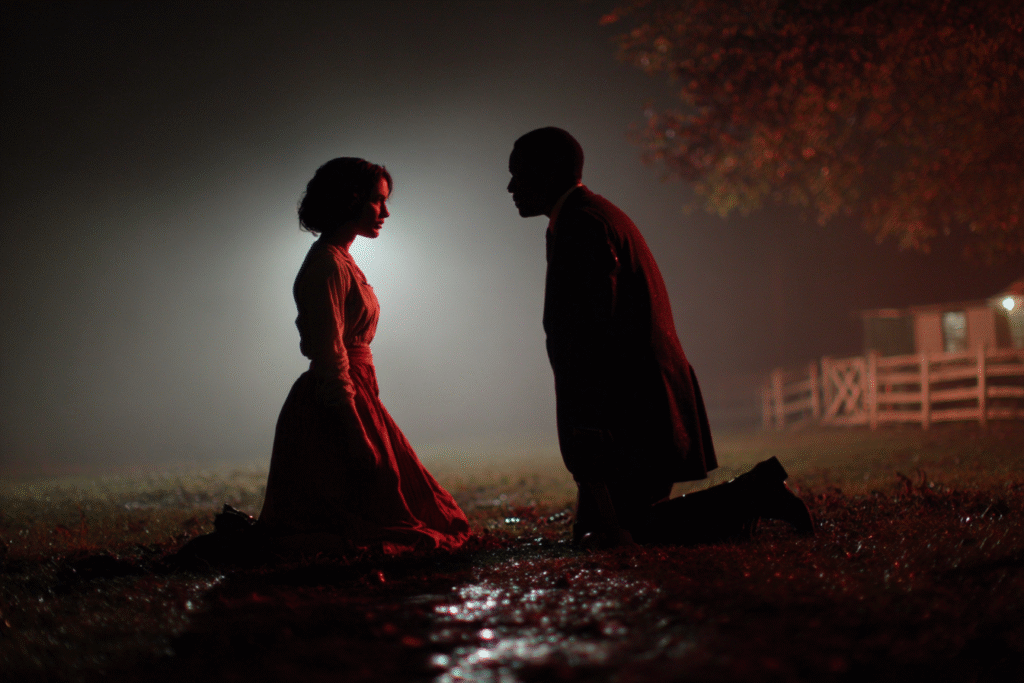
From the SRP Editor blog:
One of the easiest ways to spot a developing writer is to look at how they handle conflict. Not whether there is conflict (there always should be), but what kind of conflict drives the story—and whether the balance feels right.
There are two main kinds of conflict in fiction: external and internal.
External conflict is what happens to your protagonist. It’s the bomb ticking down, the assassin closing in, the corporation covering up the truth, the dark lord raising his army, the boss who fires your hero just when she needs that job most. External conflict is all about obstacles, opposition, and stakes that the reader can see.
Internal conflict, on the other hand, is what happens inside your protagonist. It’s the guilt that eats at them when they make a bad call. The fear that keeps them from acting when they should. The shame, the pride, the doubt, the temptation to take the easy way out. It’s the private war going on in their head while the world around them is burning.
Both kinds of conflict matter.
If your hero only faces external conflict, they end up feeling like a cardboard cutout—someone who reacts to the story but never grows from it. Sure, they might blow up the bridge, solve the case, or kill the monster, but once the dust settles, they’re still the same person they were on page one. Readers sense that lack of depth, even if they can’t articulate it. They’ll finish the book, but they won’t think about it afterward.
If your hero only faces internal conflict, on the other hand, you get the opposite problem. A character who does a lot of thinking and feeling, but not much doing. The story becomes claustrophobic—too much reflection, not enough motion. Readers end up watching a therapy session instead of a story.
The trick, of course, is to make the two types of conflict feed each other.
Think of it this way: the external conflict forces the character to confront their internal conflict, and the internal conflict determines how they handle the external one. The two are intertwined like strands of DNA.
Take The Last Boy Scout. Bruce Willis’s character isn’t just dodging bad guys and bullets. He’s also wrestling with the wreckage of his personal life—his failed marriage, his cynicism, his loss of purpose. The external threats force him to face those inner wounds, and the inner wounds shape how he responds to the threats. His sharp tongue and reckless choices aren’t random—they come from pain.
Or First Blood. Rambo isn’t just a one-man army taking on corrupt small-town cops. He’s a damaged veteran struggling with trauma, alienation, and a world that no longer makes sense to him. The external conflict—the manhunt, the violence, the escalating chaos—exists because of his internal conflict. His rage and confusion create the story. It’s not just action; it’s character-driven action.
Even so-called “mindless” action movies understand that an audience won’t care about explosions unless they care about the person running from them. Every punch, bullet, and betrayal lands harder when it means something emotionally.
In fiction, internal and external conflict should work in escalating tandem. As the external stakes rise, so should the internal ones. When the external situation hits its peak—when the hero’s out of time, out of options—that’s also when their internal struggle should reach its breaking point. The climactic action scene and the climactic emotional decision are often the same moment.
A few questions to help you check your balance:
- What’s my hero fighting out there, and what are they fighting in here?
- How does the outer battle make the inner one harder—or vice versa?
- What lie does my hero believe that’s making it harder to win externally?
- What will they have to change about themselves before they can change the world around them?
When you can answer those questions clearly, you’ve got a story that moves on two levels: physical and emotional. That’s the kind readers remember, because it hits them in both the gut and the heart.
— Mark
SRP Editor’s Note:
Good fiction doesn’t just do things—it means something. At SRP, we love stories that deliver both—the action that grabs you, and the emotion that won’t let go. Write both sides of the conflict, and you’ll write stories that stick.




I think the skill of tapping into internal conflict is what sets good writers apart from mediocre writers. The ability to tap into another person’s thoughts and emotions demands controlled and deeper thinking, then comes the work of putting it on the page.
I agree with you 100%, Chris! It’s work that’s totally worth the effort, though.